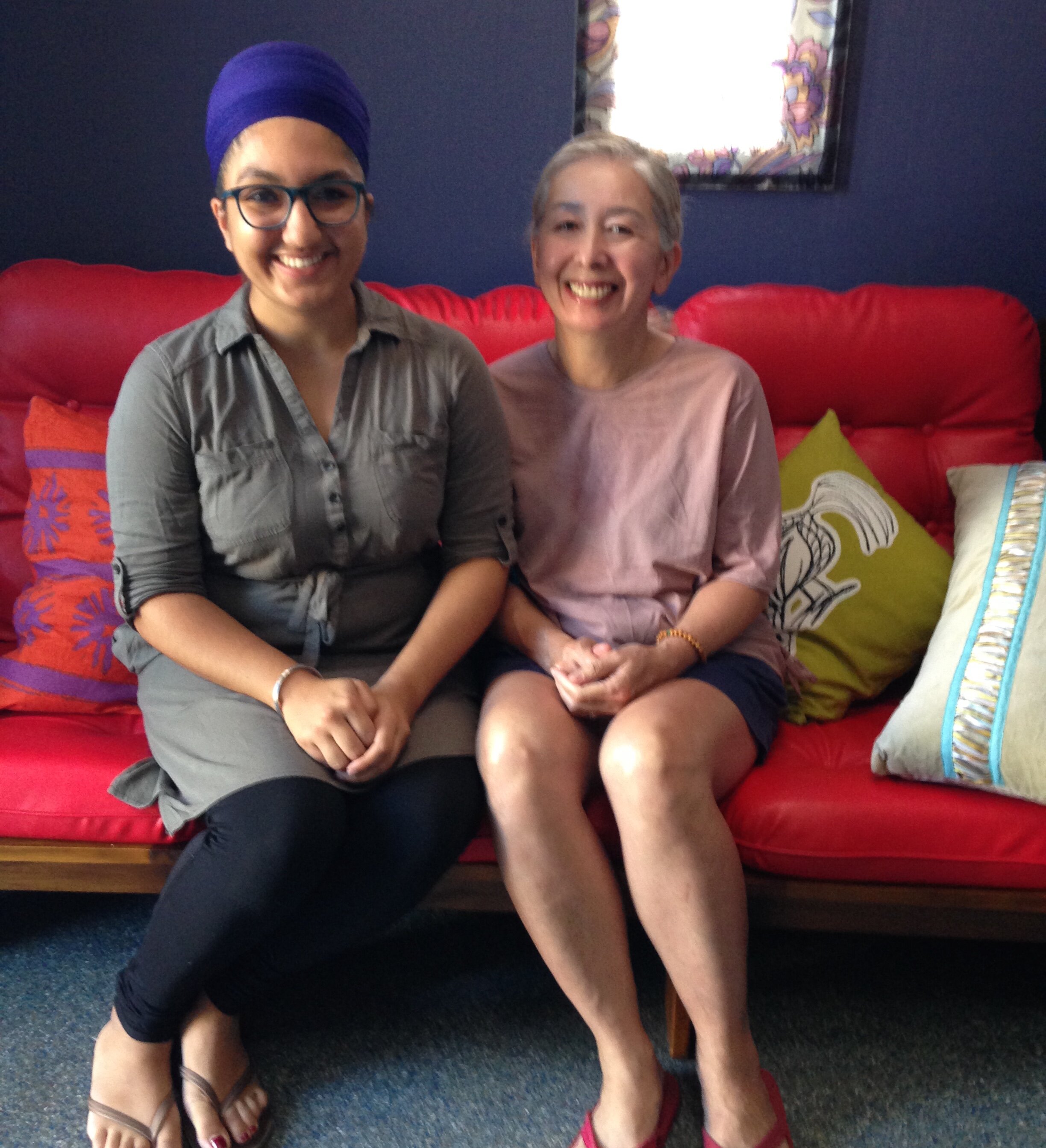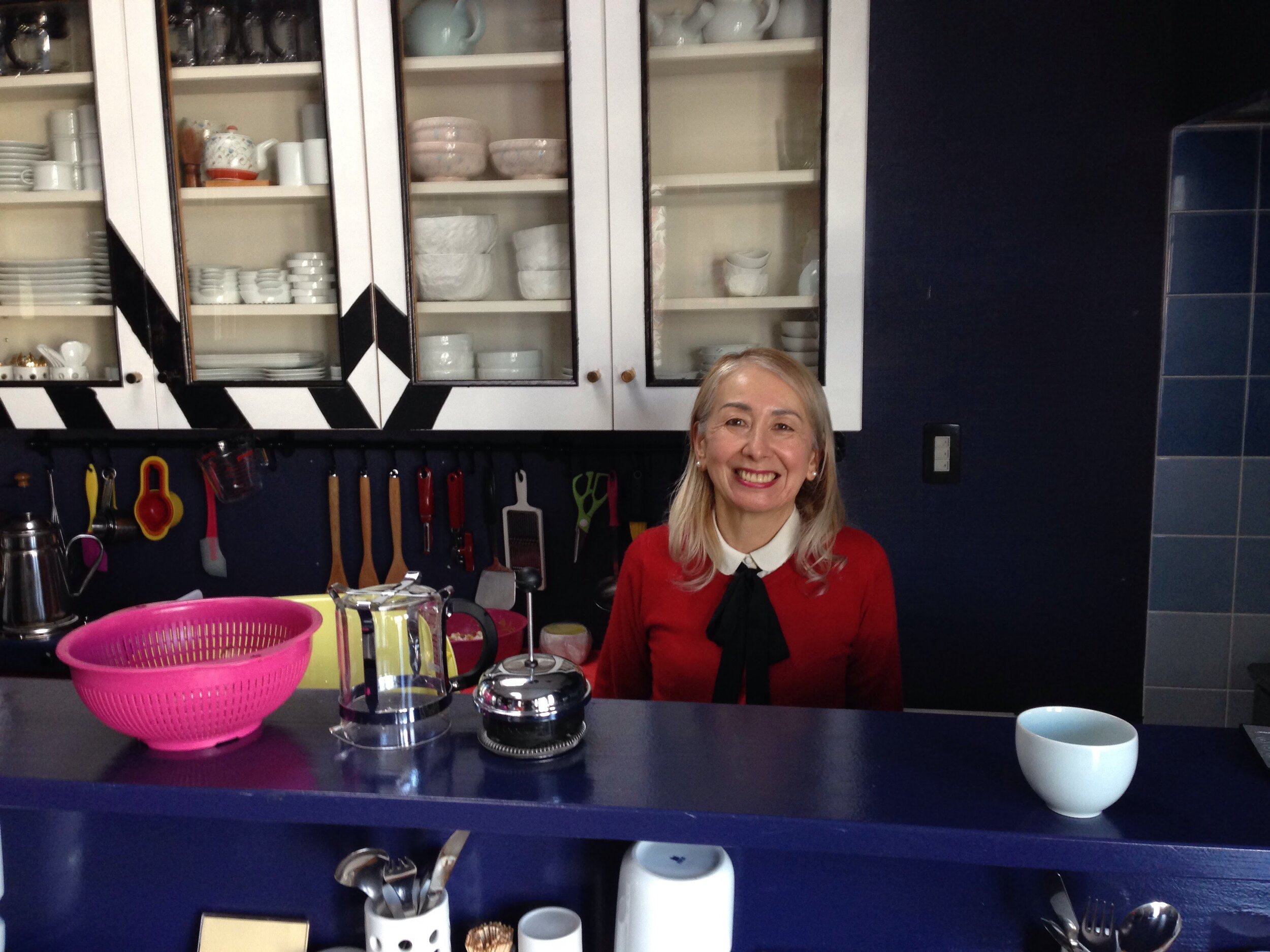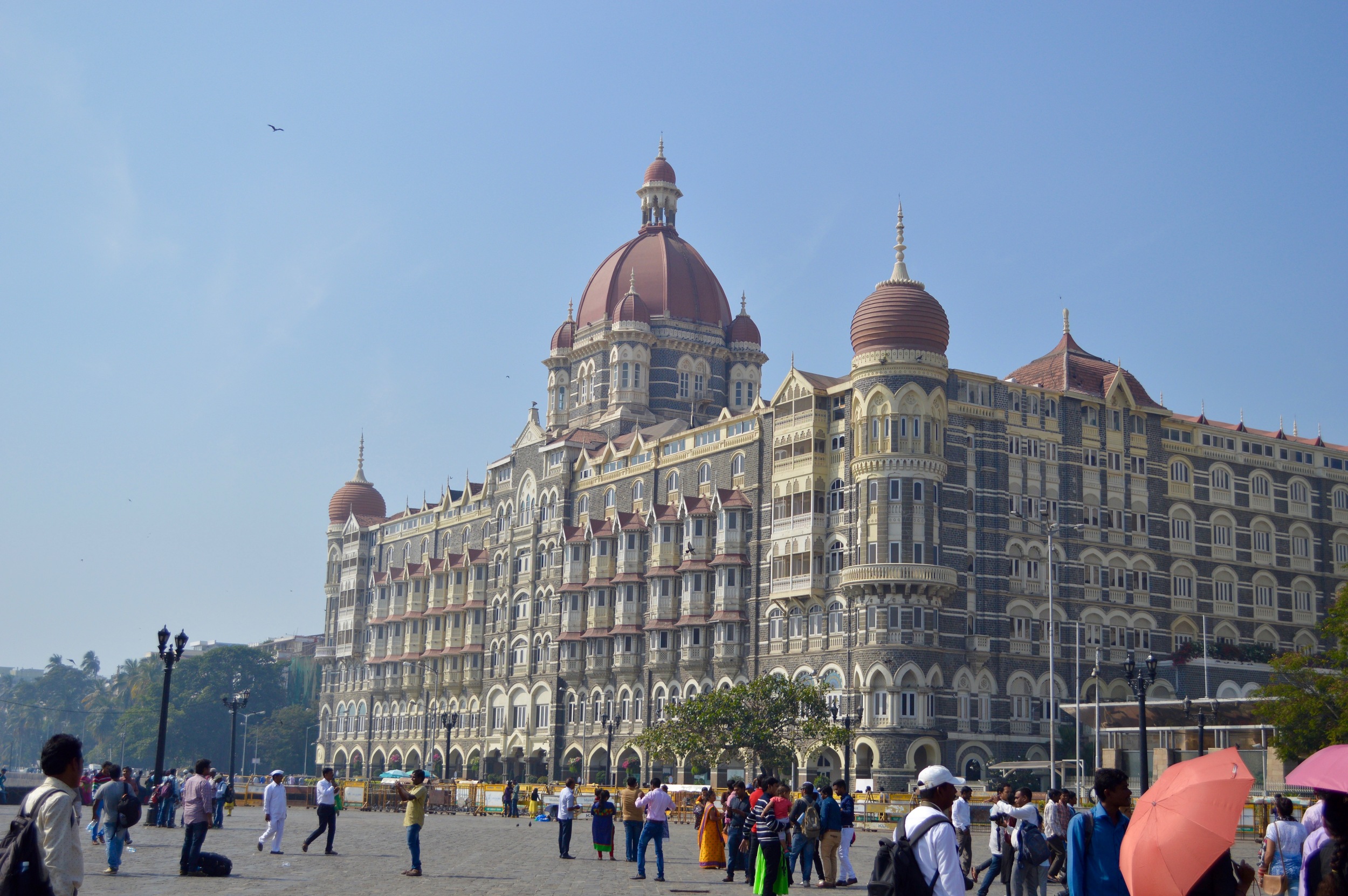note: this post was an invited essay for an alumni reflection series featured on the U of M Bonderman blog.
It’s peculiar to look back on a time of constant movement from a time of forced stillness. And yet, it is more curious that my time as a Bonderman Fellow is finding more resonance now than ever before. Perhaps it is the quietest echoes of my travels that I find again in quarantine—despite the constant movement, there is also an underlying stillness. While the world swirls around our temporary shelters (at least for those of us who are privileged enough to be in a safe and healthy place), there is an odd quiet that seems to be punctured only by fresh waves of uncertainty crashing into the shoreline of our consciousness.
One of my most salient memories of movement and stillness comes from the village of Yangshuo, China, where I spend a week in an adult oral English school. Between classes I would sneak off into the nearby countryside to get some fresh air and enjoy views like this one, knowing that I only had a few hours to enjoy its beauty before returning.
As a Bonderman Fellow, I was constantly reminded of the fleeting nature of our lives as deep, life-changing connections were separated through physical distance again and again. Many long-term backpackers talk about this dual nature of travel; no matter how long I stayed in a place, a few hours or months, I was always aware that, just beyond the stillness, movement would come again. Even now, I am thinking about all the ways our lives revolve around iterations of movement and stillness, and our need to remain grounded in both and assured by the permanence of neither.
***
Becoming a Bonderman Fellow felt like the most appropriate way to transition from the first stage of my life into the second. A way to completely untangle and unravel all the certainties that had been built up throughout my upbringing. While I applied to Bonderman to broaden my U.S.-centric perspective on policy and legal reform centered on immigrant communities, I quickly learned how drastically my upbringing and education within the U.S. had limited how I could imagine liberation. The more I traveled, the more I became unsettled, not just physically, but mentally. Although I was born and raised in the U.S., I found myself “belonging” more in places with which I had zero connection, often passing as part of the diaspora or native-born. I felt the safest I had ever felt in my life. This sense of belonging and safety was one I had never experienced until the age of 22 and… it completely terrified me.
Until then, I had been able to claim a distance from the responsibility for injustices I recognized in the U.S. because I knew I did not belong, so the burden of these legacies of oppression did not belong to me. This safe distance from the oppressor side of injustice had driven years of activism, culminating during my undergrad, and only served to fuel a one-sided victim narrative of oppression, particularly as a dastaar-wearing, woman of color from an immigrant family who had never felt her humanity validated in mainstream spaces. Yet, as I was “outed” as American throughout my travels, I was left reckoning with something that had not come up in my years of activism—the privilege I gained as an American while simultaneously facing various levels of oppression from the same system (and, as I would continue with my learning, the privileges gained as a non-Black, non-Indigenous U.S. citizen).[1]
During a summer internship in Manhattan, I attended a press conference for CAIR-NY's law suit against the NYPD's unregulated and unlawful surveillance of Muslim communities and families in the NY/NJ area. {Source: Getty Images)
Understanding the depth of my social location for the first time through a global context, rather than a local one, made a few realities quite clear: (1) we have a necessary and urgent responsibility to treat each person as fully human because our destiny is a collective one and (2) every institutional system and structure we interact with is fully rooted in ensuring we forget this. Whether it was discussing with local activists in Cochabamba, Bolivia the worsening global conditions a (at that time potential) Trump presidency would bring or witnessing the present-day impact of colonial violence across Asia through mass poverty and destruction of natural resources, Bonderman taught me that our collective fate as a global community was indisputable. What was more doubtful was whether we could commit to the decades of (un)learning, dismantling, and rebuilding it would take to co-create a world free from these inter-generational burdens.
To further develop this framework and potential solutions post-Bonderman (the only frame I can see my life with now), I entered a new relationship with movement and stillness. Starting a PhD in Sociology at UCLA, I began to study how my own Sikh Punjabi diaspora had rooted its sense of belonging in a selective remembering of the trauma experienced across time and place, severely limiting our capacity to imagine liberation outside the frameworks imposed on us by various permutations of structural violence. Moving beyond this survival mode is not simply an academic project; in moments like this, we can and must feel the deep resonance of fighting for our collective humanity in a way that is not constrained by structures of white supremacy, capitalism, and patriarchy. Bonderman taught me that, however far you travel, no matter how deep into the “untouched” parts of the world you go, these structures come with us. And so our fight to challenge them must, too.
I often struggled with the way tourism and backpacking was intertwined with the remnants of colonialism and conquest; while someone who loves nature and often wanted to dive into the most rural parts of a country, as a foreign backpacker, I often had to utilize tourist companies that were created to make "non-Western" countries more accessible and palatable to (mostly white) Western tourists. This photo comes from the Longsheng rice terraces in southwestern China, which were scattered with villages completely redone to sell to and accommodate outsiders.
***
As I look back on my blog posts now, I see a recurring theme: my struggle to understand how we conceptualize home. As I mention on my blog, my ideas of home were already messy. My parents were immigrants who escaped state violence in Punjab only to settle in rural, working class Wisconsin. I lived in three different states growing up and, by the time I started 9th grade, I was attending my fifth school. Notions of home, migration, unsettlement, and rootedness had chased me from generations before my life into my own. Perhaps this is why, even in my PhD research, I often return to a question that I wrote in my final blog post as a Bonderman Fellow: “how much responsibility do we each hold in making our places homes for everyone else?” In other words, what do we owe to one another as we all work to re-center our humanity? The Bonderman Fellowship answers this essential question. Traveling across the world for nine months, without prior connections or experience, is a sure way to develop a rapid trust and faith in the idea of global community and connectedness.
While I could fill a book with all the stories of unbelievable amounts of love and compassion that were given to me (and have many friends who continue to tell me I should), there is one that I always look back on with disbelief. My 22nd birthday was the second day of my fellowship and, while I had never been one who needed a massive celebration, I missed the opportunity to gather with my loved ones. My parents encouraged me to find a way to celebrate myself while I was in Japan; perhaps it could be a nice way to start this journey of independence. I found myself in Ureshino, a small, rural town known for its beautiful ryokans (Japanese guest houses) and natural hot springs. While some meals were included in my stay, lunch was not, so I wandered off one day with a large mission: to find a vegetarian meal in small town, rural Japan. An undergrad friend had clued me into HappyCow, the vegetarian version of Yelp, which miraculously showed one restaurant just a few streets over! I made my way, walked up to the door, and found it locked. When I peered inside, the set up certainly looked like a normal take-away counter restaurant, but it seemed like it had not been running for some time. I stood there disappointed for a few moments, calculating my next steps, before turning away to find a convenience store. As I walked away, I heard a noise behind me and turned to see a middle-aged Japanese woman, who I soon learned to be Eiko, gesturing me inside. Eiko sat me down at a bar stool and told me she’d be right back. A few minutes later, a white (American I soon learned) man, Paul, came into the room and introduced himself as the Eiko’s husband. He had been stationed in Japan during the war; they met, fell in love, he stayed. What ensued was several hours of being fed fresh vegan food, pour over coffee (Paul declared himself a connoisseur and said he regularly paid a hefty price to get beans shipped from Colombia), and rigorous discussion of citizenship policies, homogenized national identity, and imperial history of Japan. When I left, Eiko came out with a beautiful ceramic mug, saying that her family had been making them for generations and she wanted me to have one as a keepsake. I was stunned. I am perhaps more stunned today because, what I could not know days into my fellowship is something like this would happen at least twice a month.[2]
Often, I think back to Bonderman and tell my mom, “I don’t know if I could do that again. Even having done it, the prospect sometimes scares me when I think about all that I did. All that I trusted.” Perhaps this is our largest issue. In finding ourselves stuck in these systems of oppression, now being told that our interconnectedness and proximity as society members is what is killing us, we forget the necessity of centering our humanity. Perhaps a basic charge, but one in which I still find merit. The true challenge is establishing this humanity on an equal plane, which can only be done once we effectively organize and dismantle the structures that dehumanize us, particularly because this dehumanization happens unevenly. Additionally, we must challenge the lack of humanity we see in ourselves when we believe our value can only come from participating in and being complicit in these systems of oppression.[3]
What is most remarkable looking back on my photos now is in how many I am alone. While this perhaps best reflects my journey on a surface level, I often failed to capture the quick moments of connection with fellow travelers or hosts who took my photo, documenting me alone in my travels. To these connections and moments of humanization, I am eternally grateful.
Whether or not your reeducation journey involves becoming a Bonderman Fellow, all I ask is that we put in the work to show up to this community with a deep understanding of what we are bringing to the door, the tools and histories we carry into the house, and how we decide to make our homes—especially for those who seem most distant from ourselves.
[1] This notion of a multi-dimensional experience of the systems of oppression has been further explored in theories on intersectionality (Crenshaw 1991) or the matrix of domination (Collins 1990).
[2] The below photos are myself with the lovely Eiko from my visit and a photo from the Facebook page of Eiko & Company; upon doing a quick online search while writing this post, I was happy to see Eiko and Paul reopened their restaurant in 2018 and have been flourishing.
[3] See Paulo Freire’s The Pedagogy of the Oppressed for more theorization on the dehumanization of being an oppressor.
















































